Learning experts Paul A. Kirschner and Carl Hendrick explore dozens of works on learning and teaching in educational and cognitive psychology. They offer a road map of the past five decades of important discoveries in how learning happens. Each chapter includes advice on how to use the information in primary school classrooms, plus key take-aways for teachers. The authors emphasize the importance of primary research and testable hypotheses. The book’s final chapter debunks myths of learning that have no basis in evidence.
The way teachers work to improve student learning relies on decades of educational and cognitive research.
Teachers craft their techniques through practice and experience, but can’t always describe what works for them in a way that might benefit other teachers. For the past century or so, educational theorists and researchers have worked to turn implicit knowledge of what is effective in the classroom into explicit, usable instructions.
It starts with the human brain, which receives inputs from the body’s senses – filtering the important from the trivial, and storing what’s useful for later retrieval. But the brain of a novice differs from an expert’s. Novices don’t have the experience to see patterns. Experts know and understand the relevant knowledge – the laws of physics, for example. They move quickly to a strategy for solving a problem by automatically categorizing it against a framework, without having to relearn the rules. Novices often don’t know what they don’t know – which means that a problem-solving approach that works for experts won’t work for them. Teachers should take novices through each step in a process...









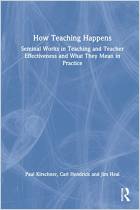

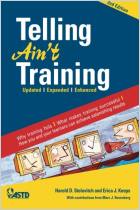
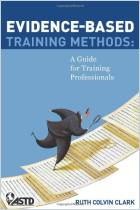
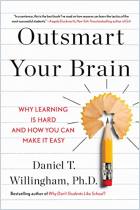
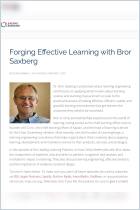





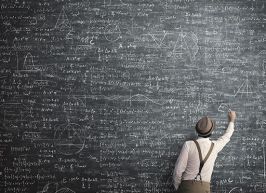
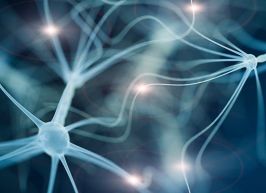



Comment on this summary